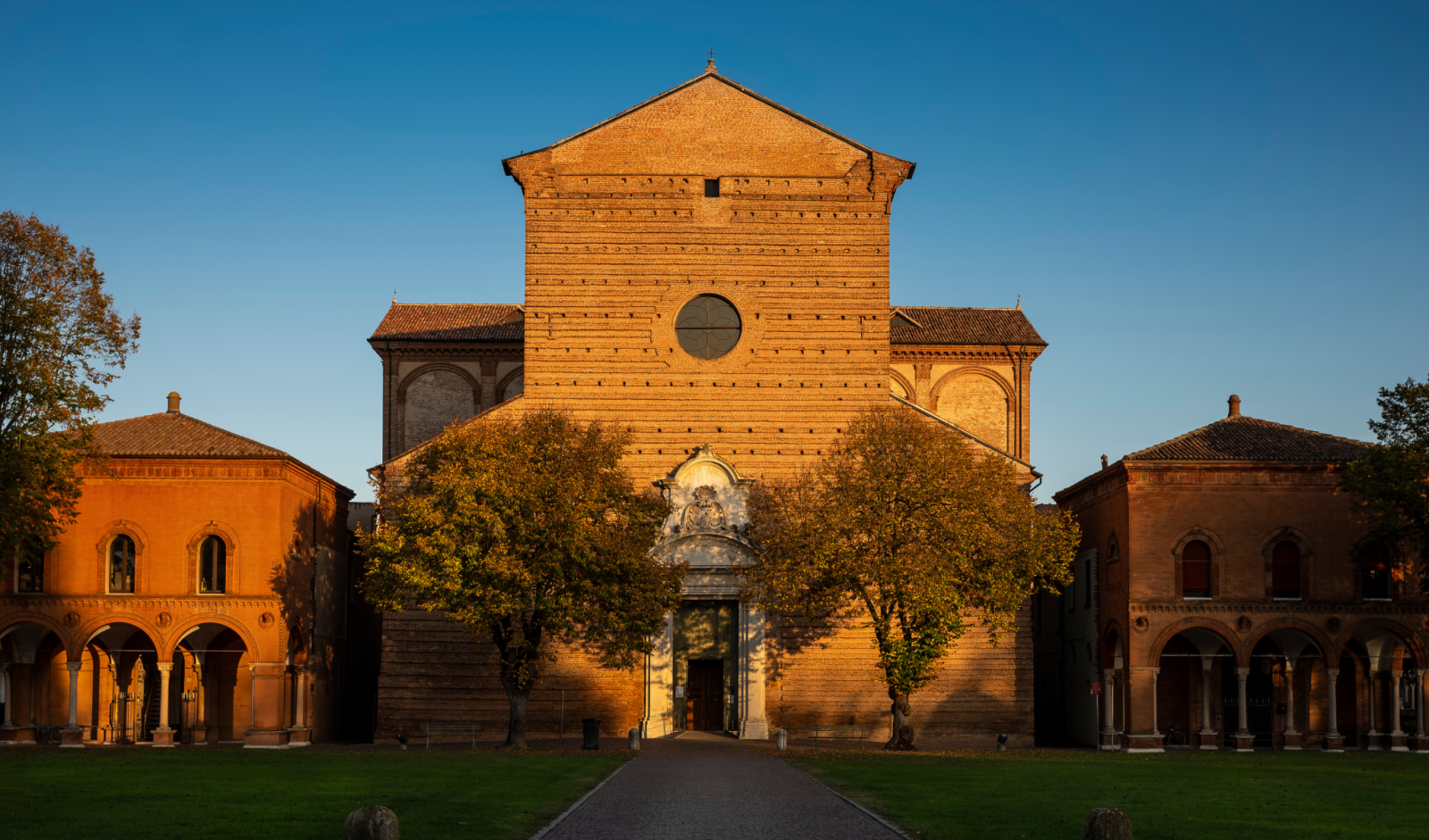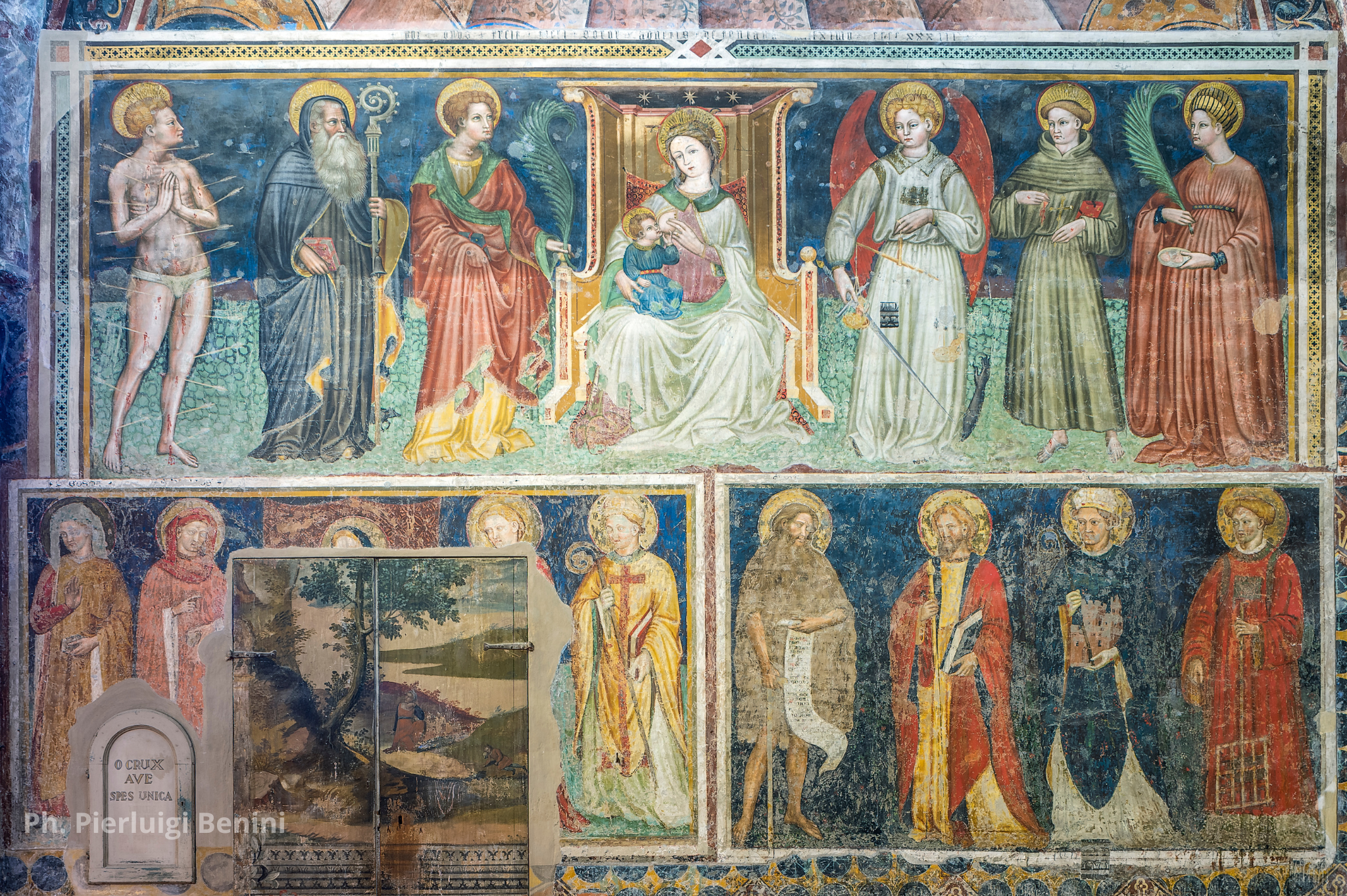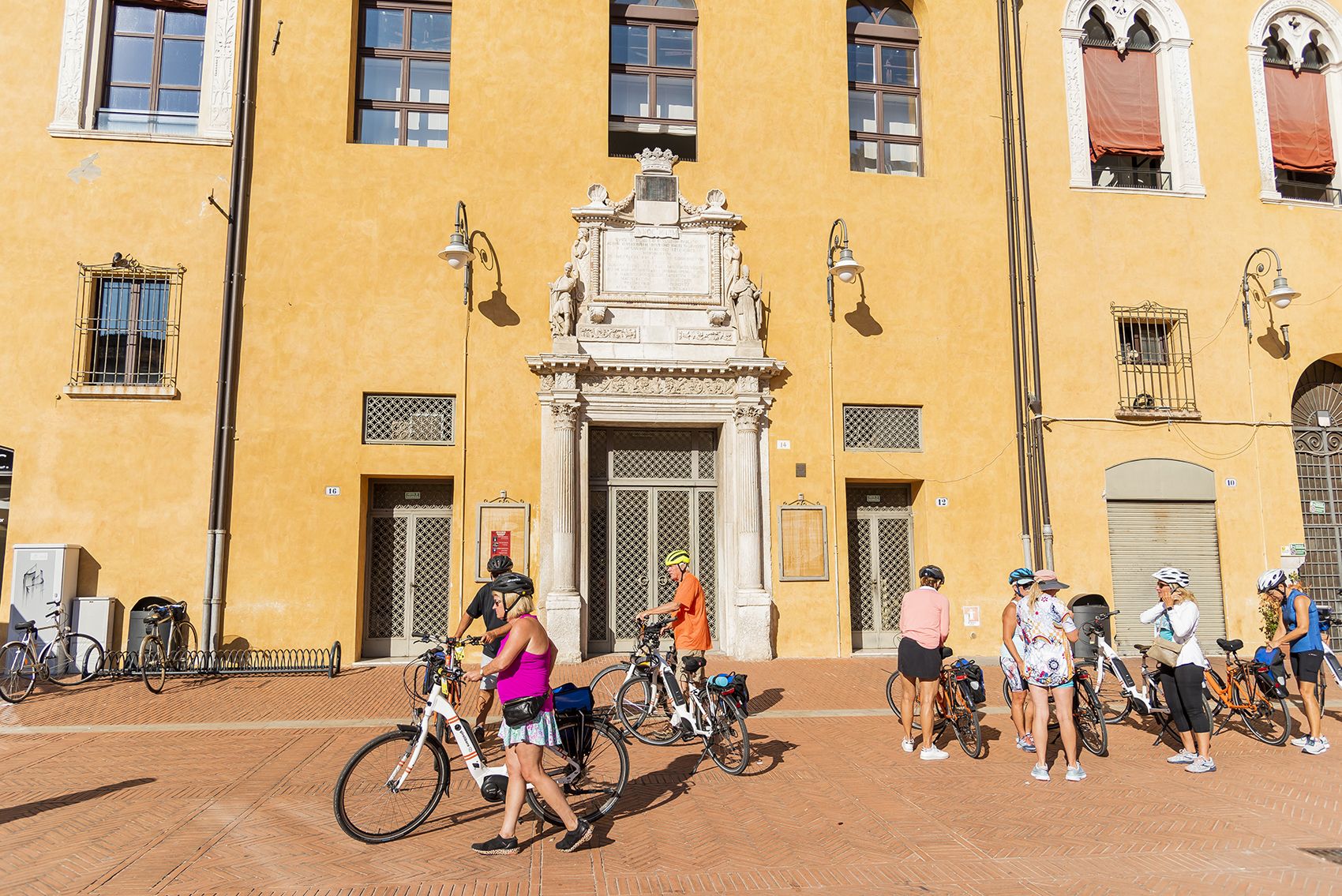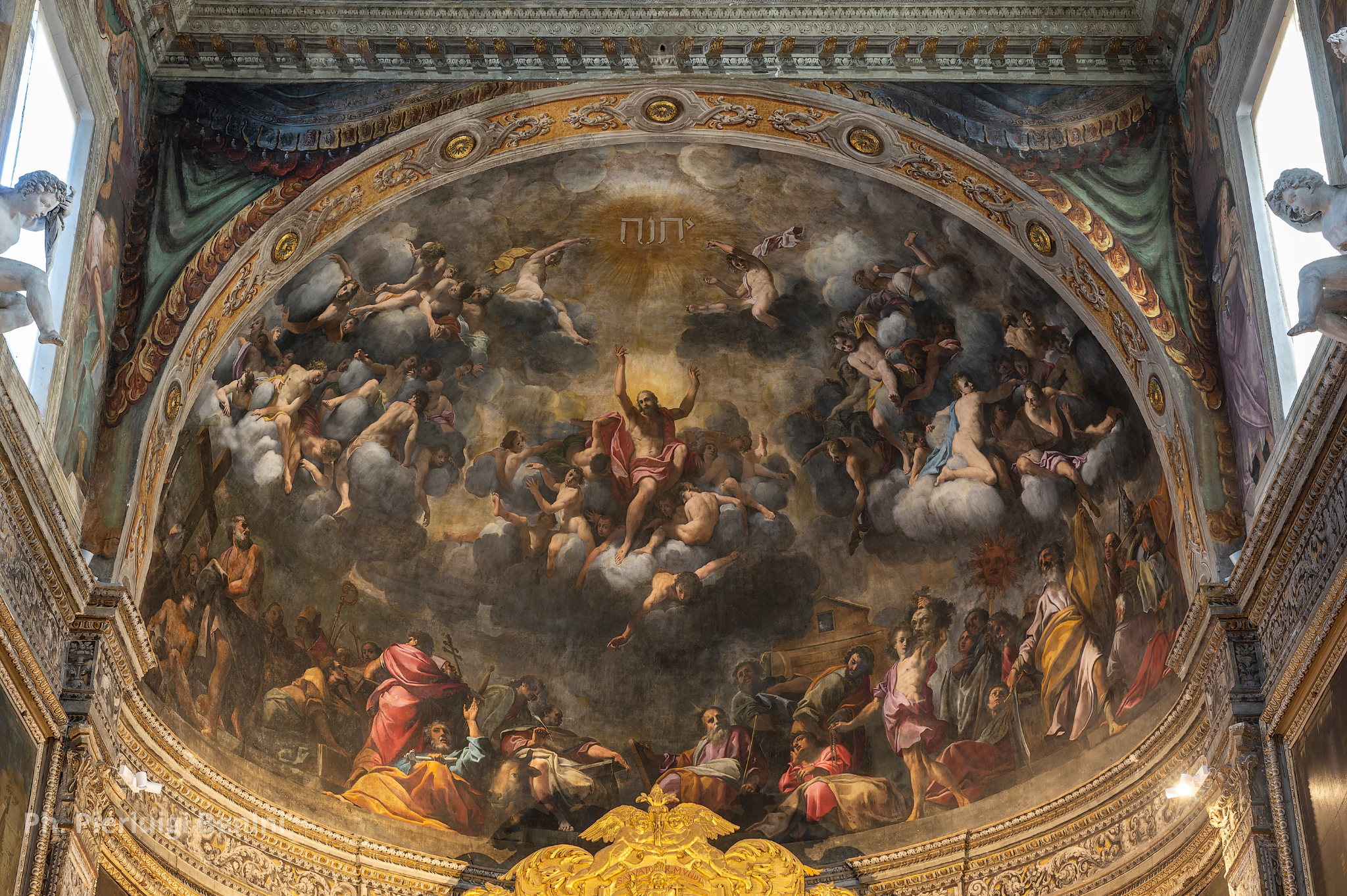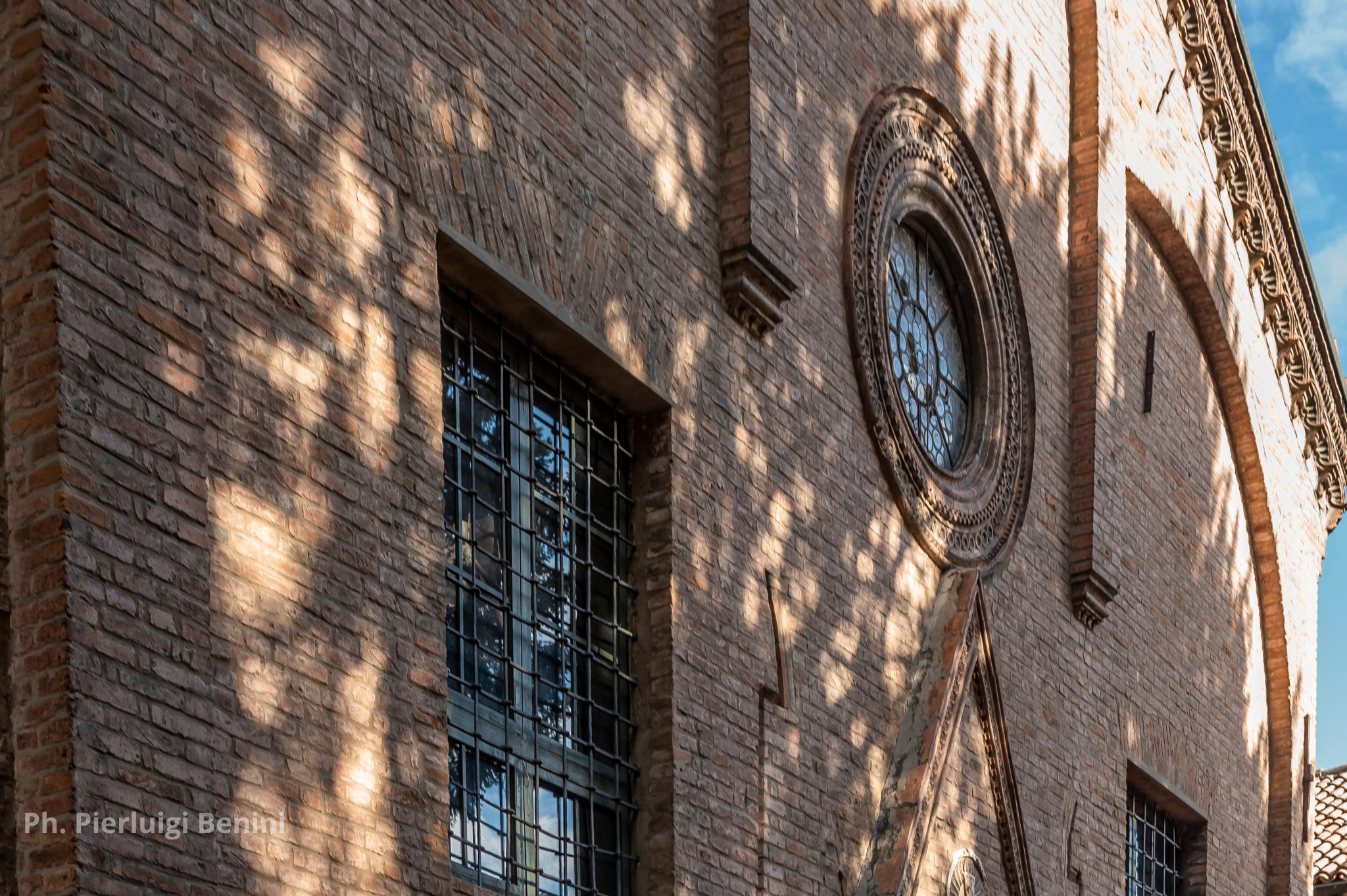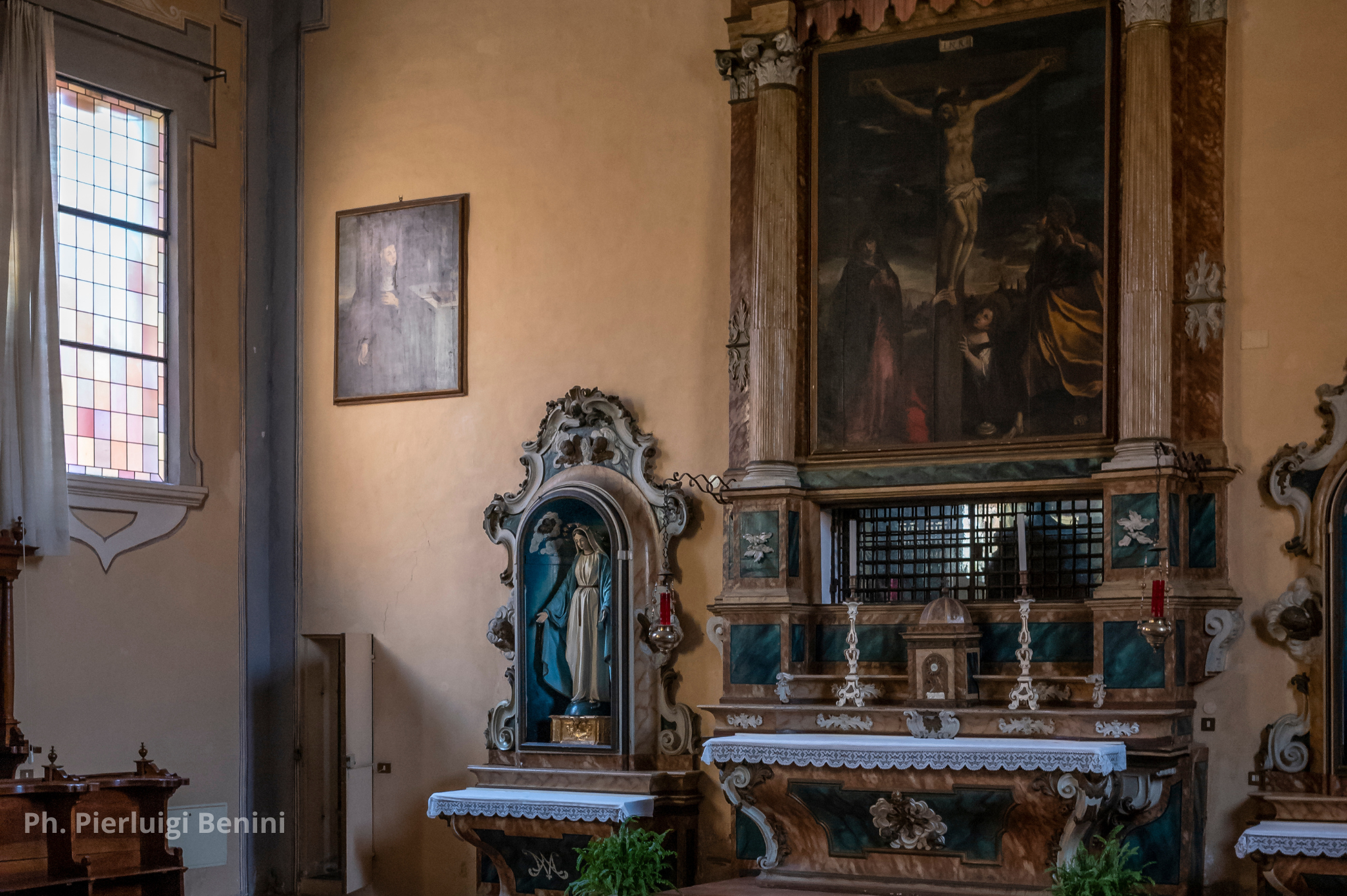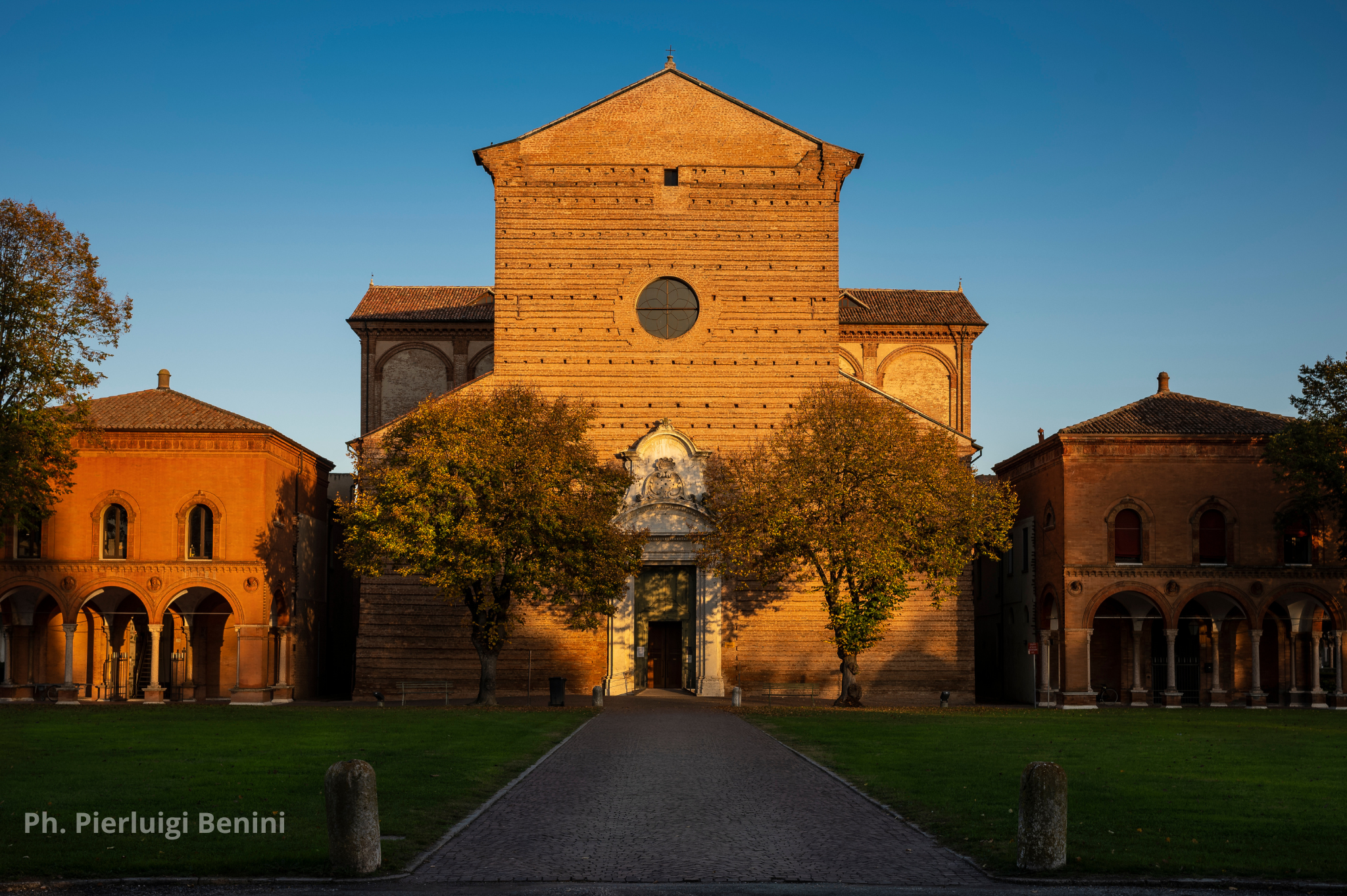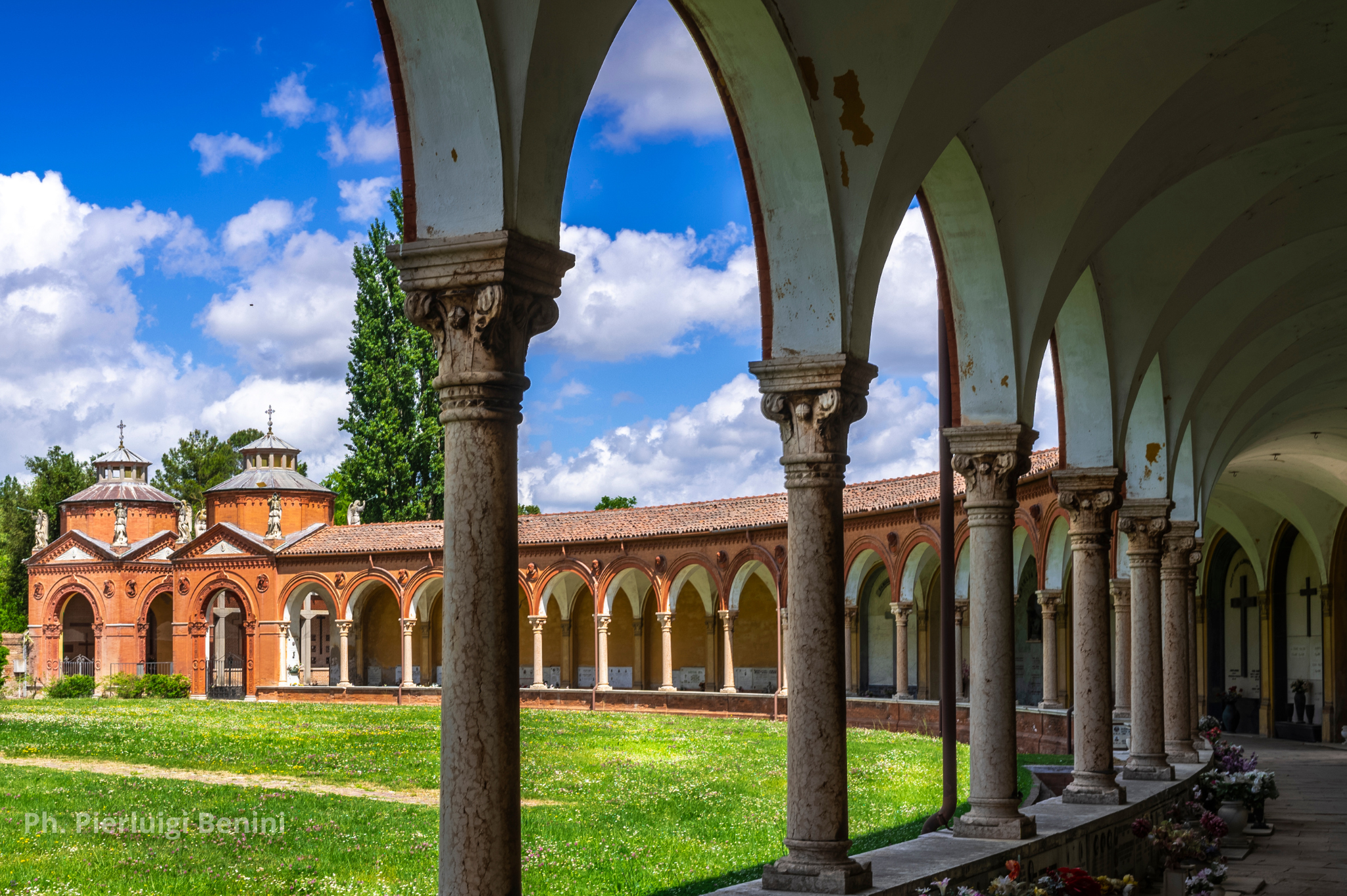Potrebbe interessarti anche

5 places to discover Este spirituality
Ferrara is a city shaped between the water and the Renaissance, a period when it became one of the most important cultural centres in Italy.
The main square, Piazza Trento e Trieste, is overlooked by the imposing Duomo dedicated to San Giorgio. The Cathedral, built from the 12th century onwards, bears the signs of all the historical periods the city went through, including the splendour of the Renaissance, hinted at by the unfinished bell tower designed by Leon Battista Alberti.
The Renaissance was a period of maximum splendour for Ferrara in which the good governance of the Este family led to considerable social and cultural development.
Among the needs of the Este family, in addition to cultivating worldly and cultural life, was to provide space for spirituality. Even today, traces of the city's Renaissance grandeur can be found inside Ferrara's religious buildings.
Would you like to discover the main places of Este spirituality in Ferrara with us?
Do you still want to unveil all the secrets of the city and the Este family? Discover all our experiences to get to know Ferrara, its history and traditions.

